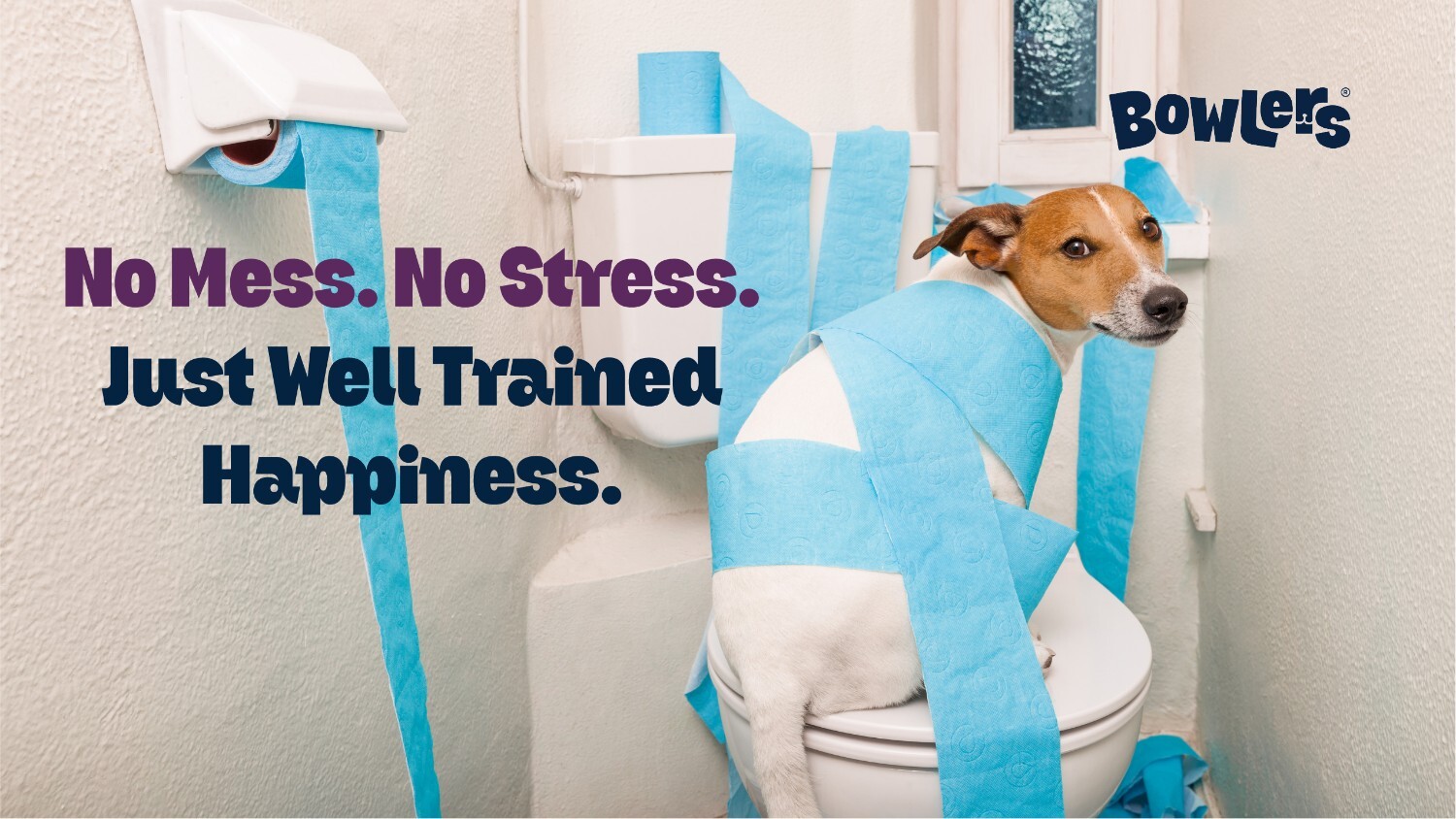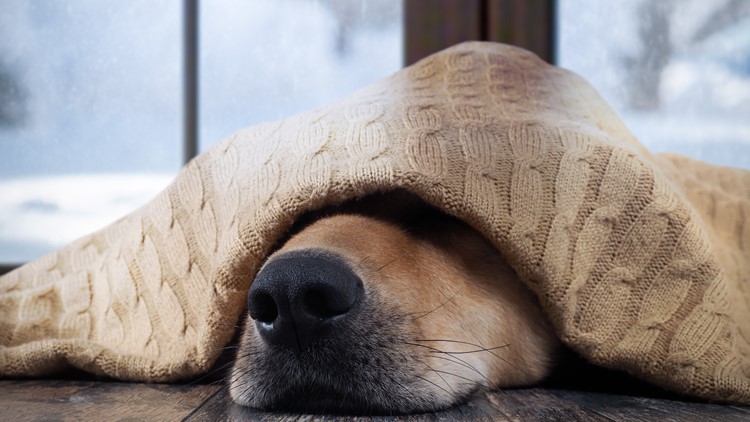Best Methods for Potty Training Puppies Indoors and Outdoors

Table of contents
- Why Potty Training Matters
- 1. Start Early — Puppies Learn Fast
- 2. Follow a Consistent Potty Training Schedule
- 3. Crate Training and Potty Habits
- 4. Indoor Potty Training for Apartment Puppies
- 5. Outdoor Potty Training for Long-Term Success
- 6. Handle Accidents the Right Way
- 7. Transitioning Between Indoor and Outdoor Training
- Common Potty Training Mistakes to Avoid
- FAQs About Potty Training Puppies
Bringing a puppy home is pure joy — until you realize your adorable furball has
no idea where to go potty.
Don’t worry! With the right potty training schedule and a little patience, your puppy can learn to stay
clean indoors and outdoors in no time.
This guide will walk you through proven puppy toilet training tips, both for apartments and open spaces, using gentle and effective methods that
build trust, not stress.
Why Potty Training Matters
House training dogs is one of the first and most important lessons in their obedience journey. It teaches your puppy structure, boundaries, and self-control all part of basic dog training for obedience and manners.
Once your pup understands where and when to relieve themselves, life becomes calmer for everyone, fewer messes, less stress, and a happier household.
1. Start Early — Puppies Learn Fast
You can begin potty training puppies as early as 8 weeks old. Puppies naturally prefer to keep their sleeping and eating areas clean, so your job is to guide them where to go.
At this stage, patience and consistency matter more than perfection. Every successful potty outside (or on the pad indoors) deserves enthusiastic praise and a small reward like a few kibbles from Bowlers puppy dog food
2. Follow a Consistent Potty Training Schedule
Puppies thrive on routine. A clear potty training schedule helps them anticipate when it’s time to go.
Here’s a simple example:
| Time | Activity |
|---|---|
| Morning (right after waking up) | Take your puppy to their designated potty spot. |
| After meals | Wait 10–15 minutes, then guide them outside or to the pad. |
| After playtime | Puppies often need to relieve themselves after excitement. |
| Before bedtime | Always ensure one last potty break. |
Rule of Thumb
Puppies can usually hold it for 1 hour per month of age. A 3-month-old puppy can wait about 3 hours between potty breaks.
Source – https://www.petmd.com/dog/behavior/how-keep-new-puppy-peeing-house
3. Crate Training and Potty Habits
Crate training potty methods are one of the most effective ways to house-train dogs. When done right, the crate becomes your puppy’s personal den, a safe, cozy space they won’t want to soil.
How to Use a Crate for Potty Training
- Choose the right crate size big enough to stand, turn, and lie down, but not so large that they can potty in one corner.
- Introduce the crate gradually with toys, treats, and positive experiences.
- Take your puppy out immediately after naps, meals, or play before accidents happen.
- Reward them the moment they eliminate in the correct spot.
Crate training not only helps with house training dogs but also prepares them for travel and independence.
4. Indoor Potty Training for Apartment Puppies
If you live in an apartment or don’t have easy outdoor access, indoor potty training is perfectly doable.
Indoor Puppy Toilet Training Tips
- Use pee pads or artificial grass mats in a consistent location.
- Guide your puppy to the pad after meals or naps.
- Praise and reward every success.
- Gradually move the pad closer to the door if you plan to transition outdoors later.
Consistency in scent and location helps your puppy recognize “this is my spot.”
5. Outdoor Potty Training for Long-Term Success
Outdoor potty habits are ideal once your puppy completes initial vaccinations.
Steps for Outdoor Training
- Take your puppy to the same grassy area each time.
- Use a consistent cue word like “Go potty!”
- Wait calmly and reward immediately when they finish.
- Avoid playing during potty breaks this time should stay focused.
Using small treats helps reinforce outdoor success without upsetting digestion.
6. Handle Accidents the Right Way
Accidents are part of learning. Scolding or punishment only creates fear. Instead:
- Stay calm and clean the area with an enzyme-based cleaner to remove odors.
- Take note of timing, adjust your schedule if accidents happen at predictable intervals.
Note: Puppies often circle or sniff before they need to go watch for these signs and guide them promptly.
7. Transitioning Between Indoor and Outdoor Training
If you start indoors, gradually move training outdoors by relocating pads near the exit. Eventually, remove them once your puppy consistently signals to go outside.Combine this with leash manners training for smoother walks
Check out How to Leash Train Your Dog Without Pulling to make outdoor potty trips stress-free.
Common Potty Training Mistakes to Avoid
- Inconsistent timing — confuses your puppy.
- Overusing pee pads — delays outdoor habit formation.
- Ignoring signs — leads to preventable accidents.
- Harsh discipline — damages trust.
Remember, house training isn’t just about cleanliness it’s about communication.
FAQs About Potty Training Puppies
1. How long does it take to potty train a puppy?
Most puppies take 4–8 weeks to learn consistent habits with a proper potty training schedule.
2. Should I wake my puppy up at night to potty?
Yes, especially for puppies under 3 months. Set gentle alarms every 3–4 hours to avoid accidents.
3. Is crate training safe for potty training?
Absolutely. When used correctly, crate training helps puppies develop bladder control and a natural sense of cleanliness.
4. My puppy still has accidents — what should I do?
Stay calm, review your schedule, and increase outdoor breaks. Reward success, never punish mistakes.


